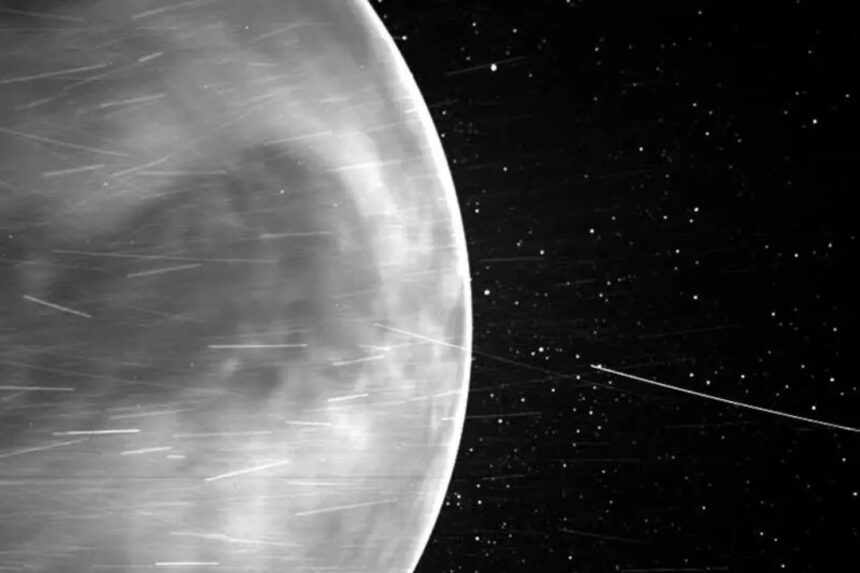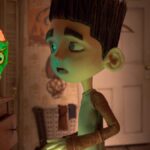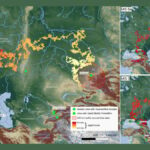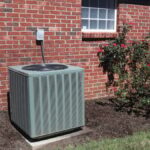Twenty years ago, Congress gave NASA a directive: find 90% of the near-Earth asteroids that could potentially harm our little world. Since then, astronomers have made major progress tracking down the rocky space debris, but a new study suggests there’s a population of asteroids lurking around Venus that could pose a problem.
These so-called “Venus co-orbitals” share a similar path around the Sun with our neighbor planet but aren’t harmless tagalongs. According to a paper under review for the journal Astronomy & Astrophysics, and currently hosted on arXiv, a yet-undetected group of the asteroids could pose a threat to Earth.
Potentially hazardous asteroids (or PHAs) are those larger than 460 feet (140 meters) across that come within 0.05 astronomical units (4.6 million miles, 7.5 million kilometers) of Earth’s orbit.
Valerio Carruba, a researcher at the University of São Paulo, led the research. Carruba’s team suspects there are more than the 20 known co-orbital asteroids of Venus, though they may be even harder to detect.
“Current ground-based observations are constrained by periodic observing windows and solar elongation limitations, though the Rubin Observatory may detect some of these objects during favorable configurations,” the team wrote in the paper. “Space missions based on Venus’ orbits may be instrumental in detecting Venus’ co-orbitals.”
These asteroids also have what scientists call a “Lyapunov time” of about 150 years—meaning their orbits become chaotic and unpredictable beyond that time horizon, which is very soon in cosmic timescales.
To figure out if they pose a threat, the researchers created digital clones of the asteroids and ran orbital simulations spanning 36,000 years. The team wrote in the paper that “there is a sizable population of potential co-orbitals at lower eccentricity capable of numerous close encounters—and perhaps collisions—with Earth.”
But these co-orbital asteroids are often hidden by the Sun’s glare and are therefore only visible during narrow observation windows. The upcoming Vera Rubin Observatory, expected to begin operations in July 2025, may help catch some of them. But even Rubin’s exceptionally powerful camera won’t be enough to catch the whole population.
The authors posited that a space-based observatory may be the best way to spot any yet-unobserved asteroids near Venus, either with a constellation design or a single spacecraft.
With even small asteroids capable of releasing city-flattening energy on impact, finding these elusive Venus co-orbitals isn’t just academic—it could be vital to planetary defense.
Read the full article here












